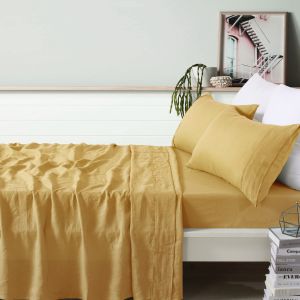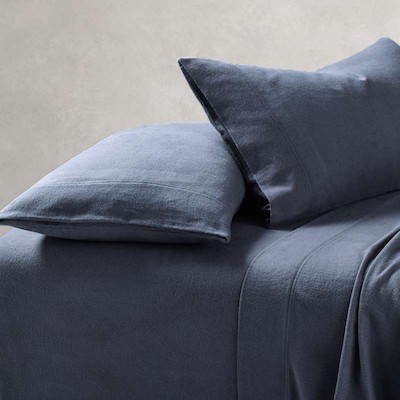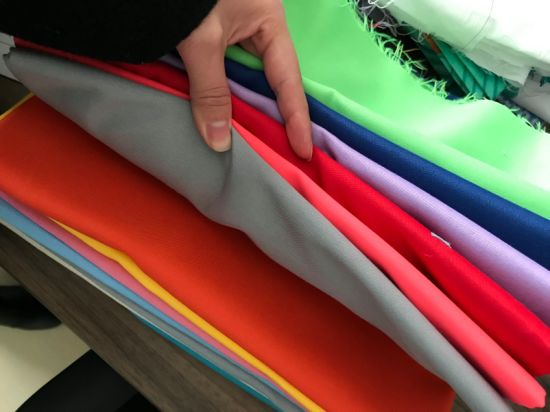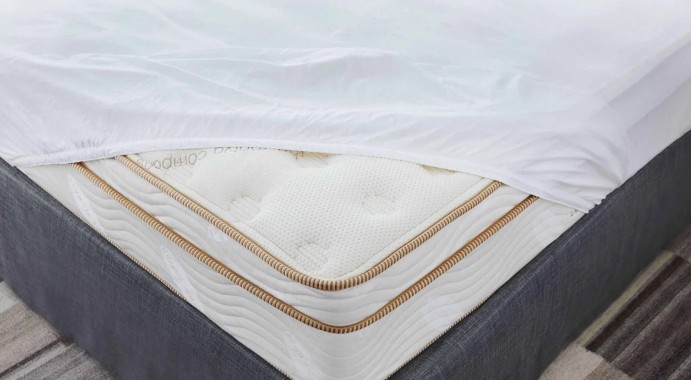Fabrics For Bed Linen At Elan Linen Australia
Fabrics For Bed Linen
The choice of fabrics of linen is now very wide. How to find the right set for daily use or buy a gift? The following brief description of tissue will help to make a choice of bed linen in Australia.
Linens Bamboo
Bamboo fiber has special natural properties - anti-bacterial, deodorizing and stops the growth of bacteria. Scientists have found that bamboo fiber contains a special anti-bacterial substance that is known as "Bamboo ban." Even after fifty washes bamboo fabric is antibacterial and stops the growth of bacteria.
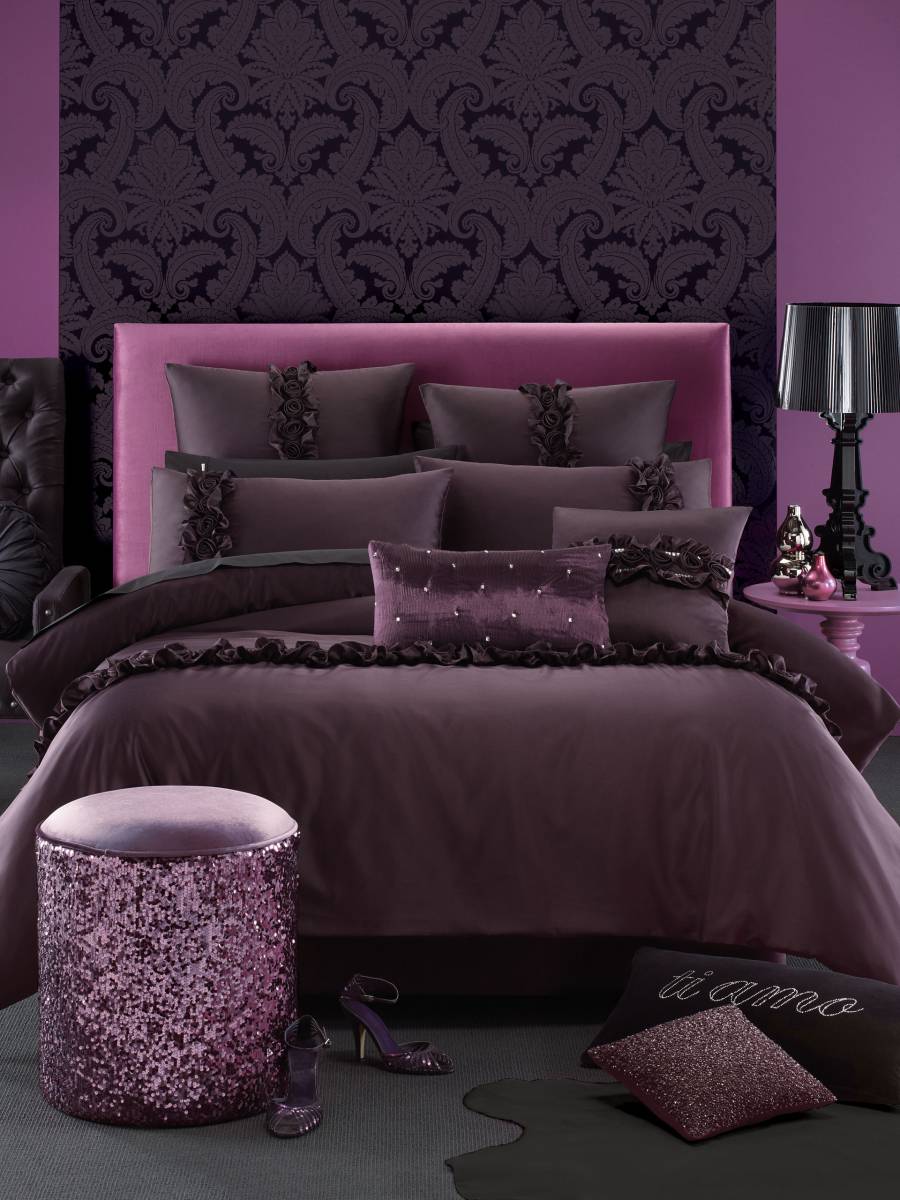
Linens Calico
Chintz - is dyed or patterned chintz. From it are made affordable bedding for everyday use; wear such clothes at low. Often made of printed cotton baby bedding sets.
Cotton Bedding
Cotton - the most common form of fabrics for bed linen. It is cheaper and more practical silk linen. On the basis of produced natural and blended fabrics with different densities (cotton, batiste, satin, flannel, etc.). If the label says "100% cotton", it means that the fabric does not contain any additives. Cotton does not stick to the body, does not beat the current, non-slip, comfort at any time of the year - retains heat in winter, summer does not cause the body to sweat.
Bed Linen Satin
Satin - lightweight fabric of cotton spun yarn double weave. The more twisted filament, the brighter the shine fabric - so do gloss satin, reminiscent of silk, and of strand with pile made satin, velvet, which has all the advantages of conventional satin, but the linens it denser and warmer (very suitable for cold period). The material is pleasant to the touch, durable, can withstand a large number of washings - 300 and hardly wrinkled. Satin silk cheaper, but still it is considered an expensive kind of cotton cloth for bedding.
Coarse Linen
Calico - a dense, usually cotton fabric. Depending on the frequency of weaving the threads of her gift, or doing everyday kits. This material is harder calico and satin. Coarse linen withstands a large number of washes.
Bed Linen Jacquard
In Australia, this fabric manufactured by a simplified process technology factory, called the "Jacquard". Now thus made and natural, and synthetic fabrics. Underwear made of this material elegant, durable, and mid-market.
Flax Linen
Typically, a thin but strong material. Flax linen in Europe belongs to the class suite: raw flax does not require treatment with pesticides. In Australia, the bedding from this material traditionally available, though not cheap. Flax, like cotton, good at any time of year. Less flax linen - it is highly wrinkled and difficult to iron.
Percale Linens
Percale - cotton fabric high strength (from it and sew parachutes and sails). Percale used for bed linen, rather thin and slightly velvety. It keeps you warm, "breathing" and creates a feeling of comfort.
Silk Bedding
Bed linen from silk from different manufacturers can vary greatly in quality, often expensive European tissue left much to be desired - they slide, they appear clues.
Bed Linen Of Flannel
Flannel is made on the basis of cotton. This heat-saving, soft, pleasant to the touch material, covered with fine hair ("fluff"). Suitable for use in the off-season. Disadvantage - fabrics for bed linen on the basis of flannel fast "roll".
Inexpensive bedding
Cotton with synthetics (Blended jersey) - to look and feel almost indistinguishable from natural cotton, but is cheaper. Disadvantages: After washing loses its form, and most importantly, is not very comfortable for sleeping - the skin does not "breathe".
The online store Elan Linen Australia you can select sets of bed linen online of the most popular types of fabrics.
